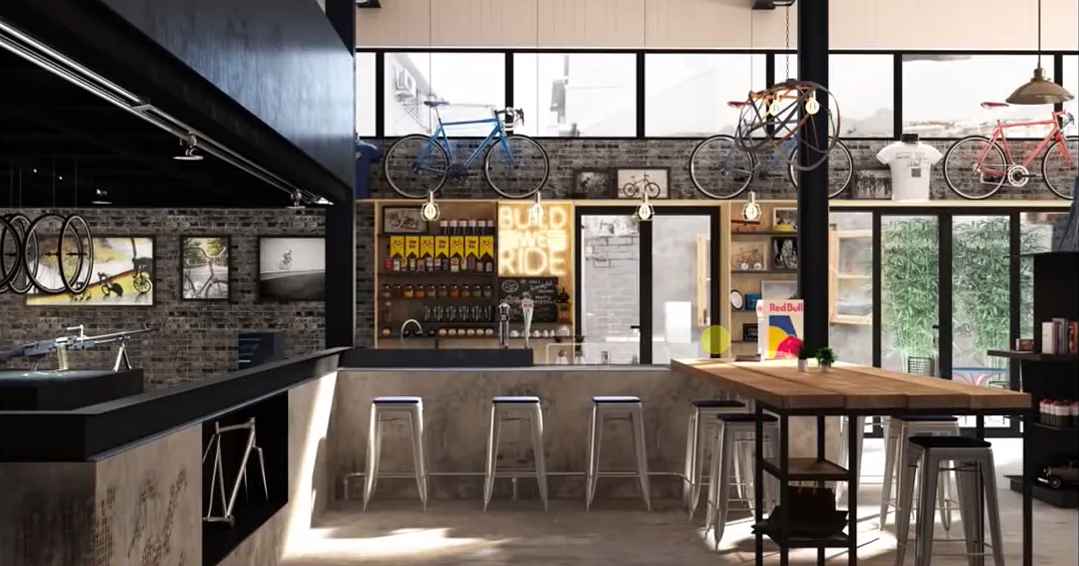

This gives us a useable range of 0.35-0.99. For very rough surfaces, we wouldn’t go lower than 0.35 This comes with a cost, though: the more blurry your reflections get, the harder it is for V-Ray to calculate them thus, the result is noisier and the render time increases. The effect is somewhat similar to taking a fine sandpaper to our shader and roughing the surface up. Since nothing is ever perfect, we wouldn’t go higher than 0.99ĭecreasing glossiness makes the reflections blurrier. A perfectly polished surface would have a glossiness of 1 (default value). The higher the value, the higher the glossiness. This parameter controls how glossy our material looks. Metals: 18-100 (Though you should rarely exceed 40) (Note: the default value of 1.6 is only good for glass and maybe some plastics.)īelow is a general guide on which values to use for which materials.Ĭompound materials (wood, stone, concrete, etc.): 3-6 This value determines exactly how this reflection falloff occurs. The difference between chrome and concrete lies in the Fresnel IOR value. In general, it is a good idea to use Fresnel for every material you create. To imitate this effect in Vray, you can use the Fresnel Reflections option. If you look directly at something (90°), the reflection is much weaker than if you look at it with a small angle. The smaller the viewing angle, the stronger the reflection. Notice how the reflection gets stronger as the floor goes further from the camera (or the closer it approaches the edge of the bowling ball). Even when some materials initially appear to be non-reflective, they will reflect quite a bit when they nearly parallel to the direction you’re looking at.

In general, the lower the angle, the stronger the reflection becomes. Real world objects have different strengths of reflections, depending on the viewing angle relative to your line of sight. The problem is that the light reflects equally at all angles. So, why does our material look so artificial? In general, it may be best to keep the Reflection value in the range from 1~230 for realistic results. Also, it’s best to use a Map or a Texture instead of a simple color.

The same principle of Diffuse map applies– if it’s not a shiny, slick studio render, there are bound to be some imperfections in the reflection amount. The Reflections (just like most other maps in V-Ray) can be defined by using a color, a map, or a texture. (It’s not entirely as simple as that, but that’s the general idea on how Diffuse and Reflection interact.) Drop it down to pure black and only the Diffuse is visible. Use a darker color and the Diffuse will start to show through. At 100% strength, it shows pure reflection of the environment, lights, etc. Perhaps it can be easier to understand how the Reflection works if you imagine it as a layer on top of the Diffuse. It also features a lot more options than Diffuse. This week, we’ll be moving on to: ReflectionĪfter Diffuse, Reflection is the second most important component of the VrayMtl. Last week, we talked about the Diffuse tab. The information covered here is generally useful in V-Ray for C4D, but the specific fields and values may be different. While the example images are from 3ds Max, the same concepts and settings can be used in V-Ray for Maya. We’ll cover the theory behind many of the features of the material and give you specific examples of settings and tricks to use.
#VRAY 3.6 CHANNELS SERIES#
In this series of Turbo Tips, we’re giving you an in-depth guide to regular V-Ray Material.


 0 kommentar(er)
0 kommentar(er)
